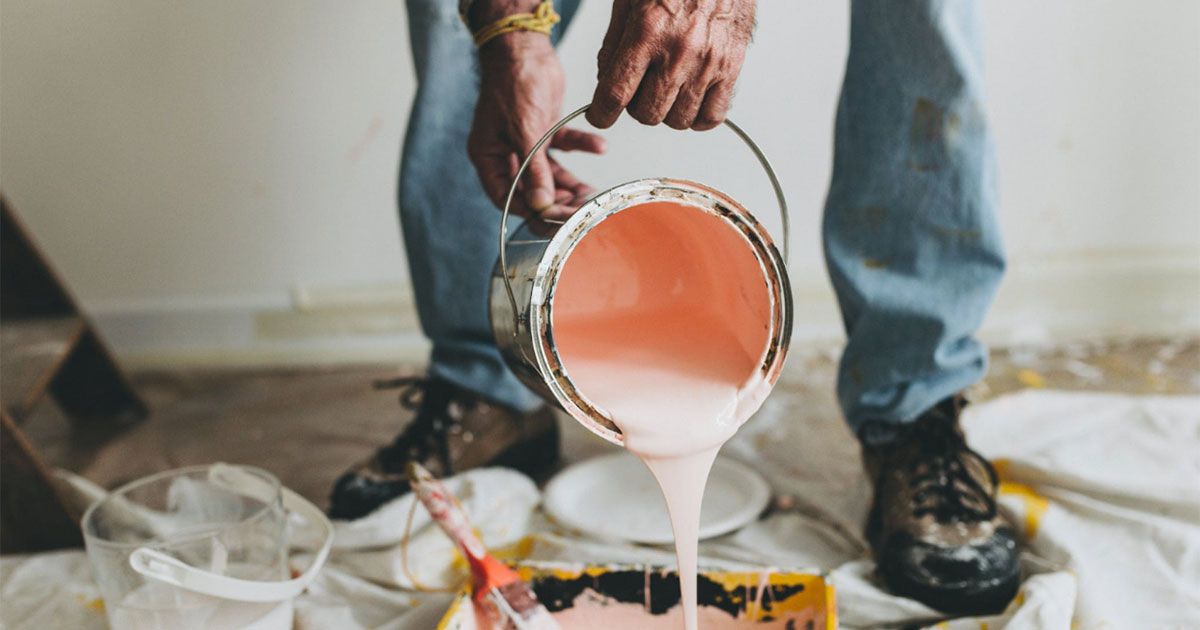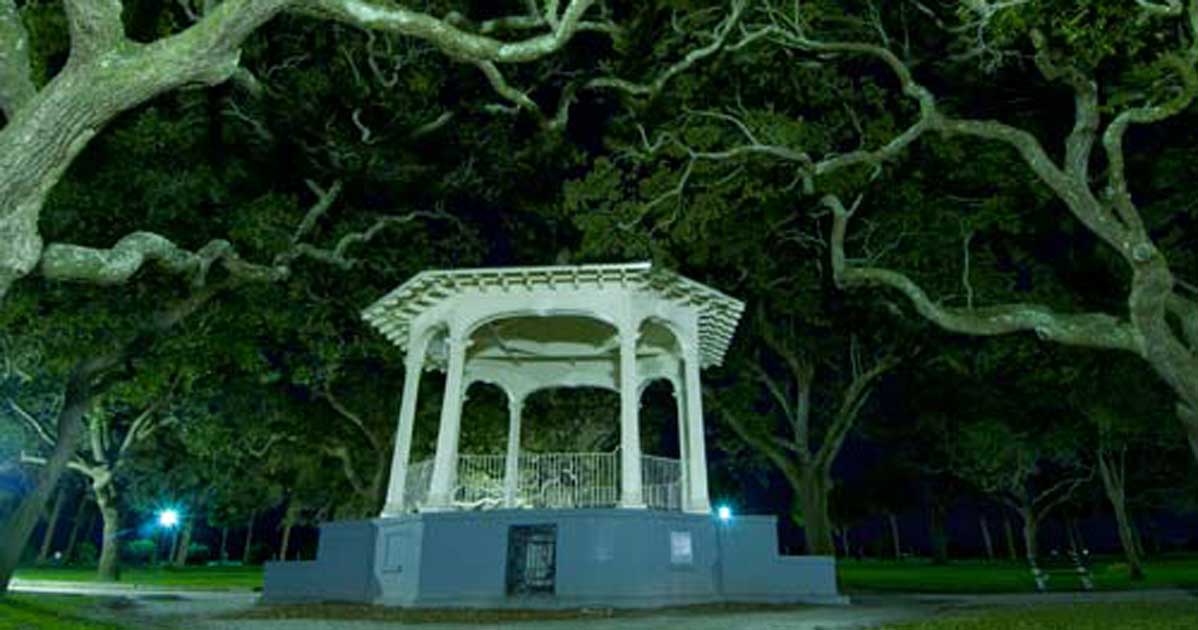Advertisement
Wine Taken From a 150-Year-Old Shipwreck Gets Drunk and You Won’t Believe What It Tasted Like
By David Clarke
3 min read
Advertisement - Continue reading below

Fine wine is said to improve with age. In fact, there’s an entire industry devoted to aging wine so that it can be savored by wealthy people decades or more after it was first bottled.
The big question is – does this rule apply to wine that has been aged, without so much as a hint of assistance, as it lay beneath the waves on a shipwreck?
The Mary-Celestia
In the Civil War, Lincoln used a naval blockade to cripple the Southern states economically and reduce their ability to wage war.
The Southern states weren’t about to put up with this interference without resistance and they commissioned boats, known as blockade runners, which were very quick on the water and whose crews agreed to serve time in prison if they were caught. Of course, the risk came with an increased reward and goods brought by blockade runners fetched substantially higher prices than they had done before the war began.
The Mary-Celestia was a blockade runner. While it had evaded the blockade it wasn’t so lucky when it came to a reef. The ship was stocked with guns, meat, and wine when it came to an unfortunate end on a reef outside of Bermuda. The crew survived but the cargo ended on the ocean floor.
The Wine

The wreckage was finally raised nearly 151 years later and its cargo of wine fascinated wine experts around the world.
What would the aging process, of wine exposed to salt water for so long, have been like? Would the wine have improved or been ruined? Would it taste like wine at all?
That question was to be answered in Charleston, South Carolina. More than 50 of the world’s greatest wine minds gathered together and bottles were uncorked and left to breathe before the tasting began.
Not everyone was prepared to taste the unusual looking brew before them. The wine had become discolored over the years and had come to resemble an ugly grey reminiscent of wash water and it seemed likely to some of the experts that it would not be a pleasant drinking experience.
Paul Roberts, a master sommelier, begged to differ and claimed that he had been fortunate enough to taste wines from shipwrecks in other places and that they’d been fabulous to drink. Fortunately, the audience knew that he was joking and their laughter diffused some of the tension in the build up to the wine tasting itself.
So what did it taste like? The experts had a mixed opinion but none of them had a positive one. They offered explanations such as “hints of crab” or a “touch of vinegar” with gasoline, citrus and alcohol undertones.
The bottles might have survived but the wine itself had not improved with age – though chemical analysis showed that they had become substantially more alcoholic with about 37% alcohol by volume. The same research also found sulfur, stagnant water, turpentine and other unpleasant chemicals.
Advertisement - Continue reading below












